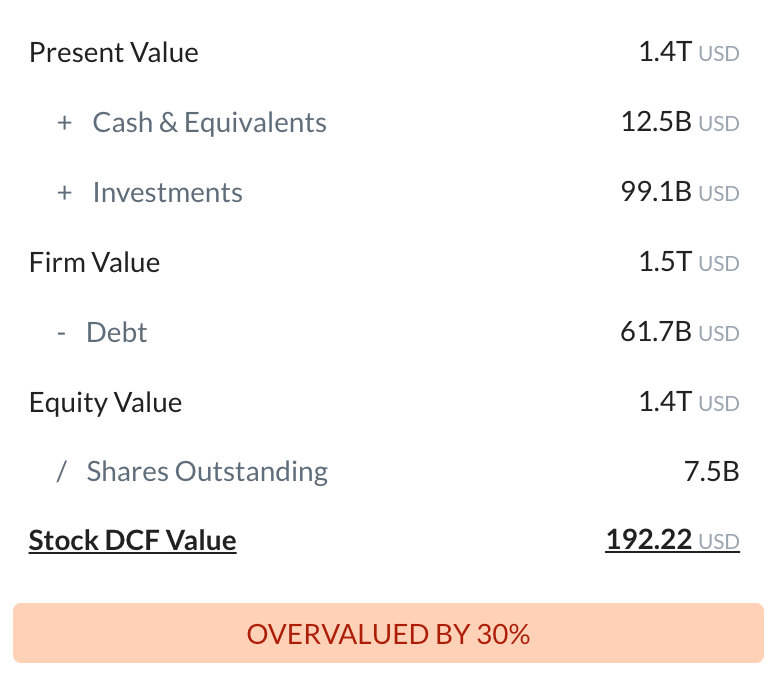
Nike Inc
NYSE:NKE

Intrinsic Value
The intrinsic value of one
 NKE
stock under the Base Case scenario is
49.28
USD.
Compared to the current market price of 55.76 USD,
Nike Inc
is
Overvalued by 12%.
NKE
stock under the Base Case scenario is
49.28
USD.
Compared to the current market price of 55.76 USD,
Nike Inc
is
Overvalued by 12%.
The Intrinsic Value is calculated as the average of DCF and Relative values:

Valuation History
Nike Inc

Fundamental Analysis

Nike’s heavy reliance on Asian manufacturing hubs leaves it vulnerable to ongoing supply chain disruptions, which could compress margins and cause inventory imbalances during key sales periods.
An expanded direct-to-consumer strategy, including Nike’s integrated online platforms and proprietary retail outlets, should boost margins and reinforce long-term customer loyalty.

Revenue & Expenses Breakdown
Nike Inc

Balance Sheet Decomposition
Nike Inc

| Current Assets | 24.6B |
| Cash & Short-Term Investments | 10.4B |
| Receivables | 4.5B |
| Other Current Assets | 9.7B |
| Non-Current Assets | 13.2B |
| PP&E | 7.3B |
| Intangibles | 498m |
| Other Non-Current Assets | 5.4B |
Free Cash Flow Analysis
Nike Inc

| USD | |
| Free Cash Flow | USD |
Earnings Waterfall
Nike Inc

|
Revenue
|
47.8B
USD
|
|
Cost of Revenue
|
-26.9B
USD
|
|
Gross Profit
|
21B
USD
|
|
Operating Expenses
|
-16B
USD
|
|
Operating Income
|
4.9B
USD
|
|
Other Expenses
|
-419m
USD
|
|
Net Income
|
4.5B
USD
|
NKE Profitability Score
Profitability Due Diligence

Nike Inc's profitability score is 60/100. The higher the profitability score, the more profitable the company is.

Score
Nike Inc's profitability score is 60/100. The higher the profitability score, the more profitable the company is.
NKE Solvency Score
Solvency Due Diligence

Nike Inc's solvency score is 67/100. The higher the solvency score, the more solvent the company is.

Score
Nike Inc's solvency score is 67/100. The higher the solvency score, the more solvent the company is.
Wall St
Price Targets
NKE Price Targets Summary
Nike Inc

According to Wall Street analysts, the average 1-year price target for
 NKE
is 84.39 USD
with a low forecast of 40.4 USD and a high forecast of 126 USD.
NKE
is 84.39 USD
with a low forecast of 40.4 USD and a high forecast of 126 USD.
Dividends
Current shareholder yield for  NKE is
.
NKE is
.
Shareholder yield represents the total return a company provides to its shareholders, calculated as the sum of dividend yield, buyback yield, and debt paydown yield. What is shareholder yield?
The intrinsic value of one
 NKE
stock under the Base Case scenario is
49.28
USD.
NKE
stock under the Base Case scenario is
49.28
USD.
Compared to the current market price of 55.76 USD,
 Nike Inc
is
Overvalued by 12%.
Nike Inc
is
Overvalued by 12%.






















































 You don't have any saved screeners yet
You don't have any saved screeners yet